Automated checking tools make it easier to follow code compliance for HVAC designs. These tools simplify the process of making sure your HVAC systems are safe, green, and efficient. They help manage data better and automate tasks, saving you time and cutting down on mistakes in your HVAC projects.
HVAC design software and code compliance software are key to understanding complex rules. They keep your designs current with all local, state, and federal laws. With energy code compliance features, your HVAC systems will be sustainable and work well.
Using these automated tools lets you focus on creative designs instead of paperwork. As rules change, your software keeps up. This gives you a solid base for making HVAC systems that are efficient, follow the rules, and meet the needs of today’s buildings and people.
Understanding HVAC Regulations and Standards
HVAC regulations and standards are key to making sure HVAC systems work safely and well. They keep people safe, protect health, and help the environment. It’s important to know about these rules as you work with HVAC systems.
Global HVAC Standards
Global HVAC standards help systems work the same way everywhere. Groups like ASHRAE create rules that affect HVAC systems all over the world. These rules focus on how well systems work, save energy, and keep the air clean.
Local, State, and Federal Regulations
In the U.S., HVAC pros follow many rules. Local codes have their own rules for HVAC setups. States might focus on saving energy and protecting the environment. The Department of Energy (DOE) and Environmental Protection Agency (EPA) set big rules for energy use and emissions.
| Regulatory Level | Focus Areas | Example Requirements |
|---|---|---|
| Local | Installation, Permits | Zoning restrictions, Noise limits |
| State | Energy Codes | Minimum SEER ratings, Insulation standards |
| Federal | Efficiency, Emissions | ENERGY STAR guidelines, Refrigerant regulations |
Environmental Impact and Energy Efficiency
Energy efficiency is a big part of HVAC rules. These rules help cut down on energy use and reduce carbon emissions. Important areas include:
- Minimum Efficiency Reporting Value (MERV) ratings for air filters
- Seasonal Energy Efficiency Ratio (SEER) for cooling systems
- Annual Fuel Utilization Efficiency (AFUE) for heating systems
- Use of eco-friendly refrigerants
Following these rules makes sure your HVAC system is up to code and helps the planet. Keep up with changes in these standards to keep your HVAC projects running well and legally.
The Role of Software in HVAC Compliance
HVAC compliance software has changed how businesses handle rules. These tools make managing rules easier by offering a structured way to follow them.
Automated systems help keep all your data in one place. They make it easier to keep track of documents and watch for issues in real-time. This means you can spot problems early, saving time and money.
These software solutions make it clear how you follow the rules. You can show others and the authorities that you’re following the rules. This builds trust in your business.
But HVAC compliance software does more than just help with rules. It also makes your business run better and cheaper. This means you can save money and work more efficiently.
| Feature | Benefit |
|---|---|
| Centralized data management | Improved organization and accessibility |
| Automated documentation | Reduced human error and time savings |
| Real-time monitoring | Early issue detection and proactive resolution |
| Compliance reporting | Enhanced transparency and stakeholder trust |
Using HVAC compliance software helps you stay on top of new rules. It ensures you always meet standards. And it lets you focus on growing your business with confidence.
Streamline Code Compliance for HVAC Designs with Software
Software changes the game in HVAC design, making following codes easier and faster. These tools bring big benefits to HVAC pros.
Benefits of Automated Compliance Checking
Automated checks make HVAC load calculations and sizing easier. It cuts down on mistakes, saves time, and keeps you up to date with rules. With code compliance automation, you get updates in real time.
Features of Effective HVAC Compliance Software
Great HVAC compliance software has:
- Real-time regulatory updates
- Comprehensive reporting capabilities
- User-friendly interfaces
- Customizable alerts and notifications
- Integration with building automation systems
Integration with Existing HVAC Design Processes
Top compliance software fits right into your current HVAC design workflow. It makes things more efficient by bringing all info together and standardizing steps. This means smoother load calculations and sizing, making your projects run better.
| Feature | Benefit |
|---|---|
| Real-time updates | Stay informed of regulatory changes |
| Reporting capabilities | Facilitate information sharing |
| User-friendly interface | Enhance accessibility and usability |
| Customizable alerts | Enable proactive compliance management |
| System integration | Improve efficiency and standardization |
Using these software tools, you can make your HVAC design process smoother, follow codes better, and boost project efficiency.
Enhancing HVAC Design Efficiency Through Automation
Automation changes the game in HVAC design, making it more efficient and accurate. With top-notch software, you can make your design process smoother and follow industry rules better.
Structured Planning and System Design
HVAC duct design software lets you make detailed layouts fast. It looks at building size, how many people will be there, and the local weather to make airflow and energy use better. You can see the whole system before it’s built, cutting down on mistakes and expensive changes.
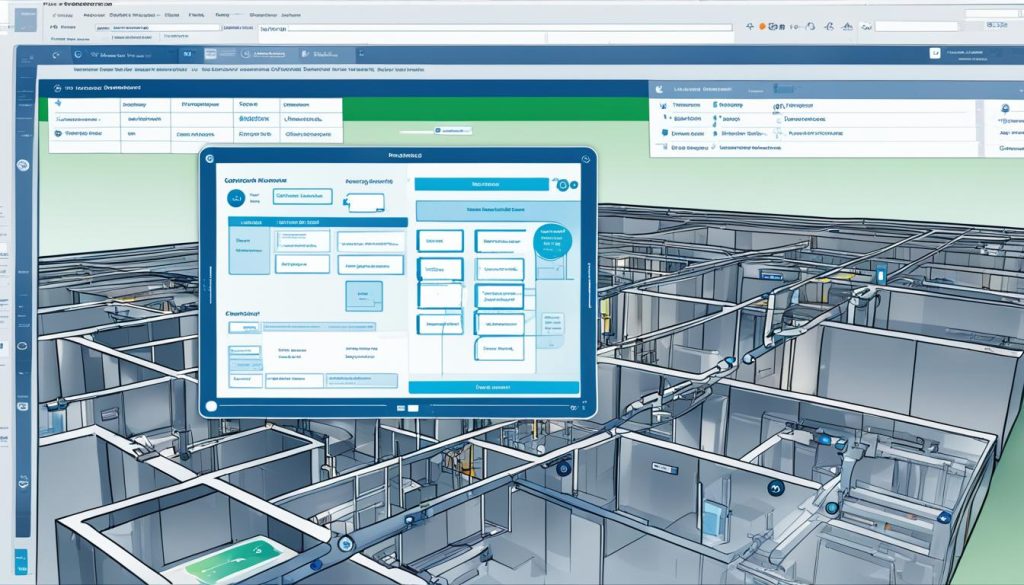
Accurate Load Calculations and Estimations
Getting load calculations right is key for energy-saving HVAC systems. Automated tools check things like insulation, weather, and how often equipment is used to figure out heating and cooling needs. This means you get systems that work well and follow energy rules.
| Factor | Impact on Load Calculation |
|---|---|
| Building Insulation | Reduces heating/cooling requirements |
| Occupancy Levels | Increases heat generation and ventilation needs |
| Local Climate | Affects peak load demands |
| Equipment Usage | Contributes to internal heat gains |
Real-time Compliance Monitoring
Tools for simulating HVAC systems let you check if your design follows energy code in real-time. As you tweak your design, the software updates the calculations. This ensures your design meets or beats the rules. It makes getting approvals easier and supports green HVAC practices.
By using these automated tools, you’ll make your HVAC designs better, use energy more wisely, and always meet the rules.
Overcoming Challenges in Implementing HVAC Compliance Software
Implementing HVAC compliance software can change your business for the better. But, it’s not without its challenges. You might find resistance from team members who prefer the old ways. Changing their minds and giving them thorough training is crucial for success.
Data security is a big worry in HVAC compliance challenges. You’ll be dealing with sensitive info like system details and building plans. So, it’s important to pick software that offers strong security and encryption.
Cost can be a big obstacle in getting software up and running. The upfront costs might be too high for small businesses. Here’s what you can do:
- Look at the long-term benefits
- Find solutions that fit your goals and budget
- Think about options that can grow with your business
Compatibility with your current systems can slow things down. Make sure the new software works well with what you already have. This keeps your workflow smooth. Regular updates and maintenance are key to staying current with new rules and standards.
By planning for these challenges, you can find ways to beat them. Remember, the perks of easier compliance and better efficiency are worth the effort in adopting HVAC compliance software.
Case Studies: Successful Implementation of Automated Compliance Tools
HVAC compliance case studies show how automated tools make systems better. They tell us how software helps with rules in both work and home settings.
Commercial Building Compliance Optimization
A big office complex in Chicago used automated tools and saw great results. The HVAC team used software to plan systems based on the local weather, building details, and how many people would be there. This made a system that followed the rules and saved 25% on energy.
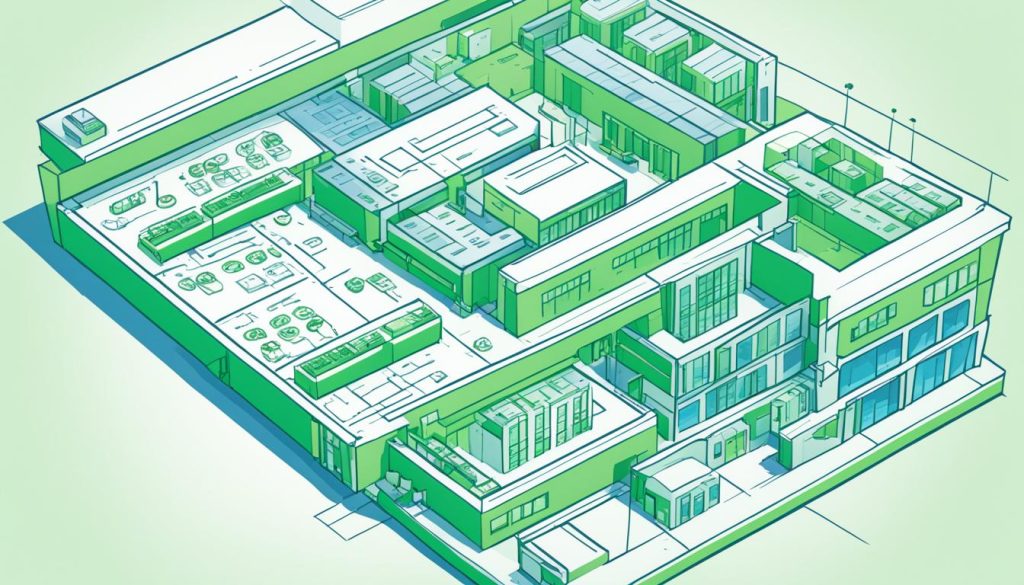
Residential HVAC System Compliance
In California, a company used software to keep up with changing energy rules for home HVAC systems. This tool let them update old designs fast without big changes. They made systems that were 15% better for the environment.
Adapting to Evolving Standards
Both examples show how automated tools are flexible. They can easily add new rules, keeping up with changes. This saves time and money and keeps HVAC designs and installs top-notch in work and home settings.
| Aspect | Commercial Project | Residential Project |
|---|---|---|
| Energy Efficiency Improvement | 25% | 15% |
| Compliance Method | Advanced modeling software | Adaptable design tools |
| Key Benefit | Optimized system performance | Quick adaptation to new standards |
The Future of HVAC Compliance: AI and IoT Integration
The HVAC industry is on the verge of a big change. AI and IoT are changing how buildings handle their heating, ventilation, and air conditioning. These new technologies are making HVAC systems smarter, more efficient, and follow the rules better.
AI is changing HVAC compliance in a big way. It uses lots of data to predict problems, find gaps in compliance, and offer solutions. This means buildings can stay in line with the rules and save money on upkeep.
IoT devices are key to smart buildings’ HVAC systems. They send updates on how the system is doing, helping make quick changes to keep things right. This connection between different parts of the building makes sure everything works well together.
| Technology | Benefits for HVAC Compliance | Implementation Challenges |
|---|---|---|
| AI Algorithms | Predictive maintenance, Automated compliance checks | Data privacy concerns, Initial setup complexity |
| IoT Devices | Real-time monitoring, Precise control | Cybersecurity risks, Integration with legacy systems |
| Blockchain | Secure data sharing, Tamper-proof records | High energy consumption, Scalability issues |
Blockchain is making HVAC compliance safer. It creates a secure way to share and keep data, making sure records are safe and clear. This is key as HVAC systems work with other building systems, saving energy and being more eco-friendly.
As we look to the future, AI and IoT will be crucial in HVAC systems. They’ll help meet strict rules, use less energy, and keep people comfortable.
Maximizing ROI with HVAC Compliance Software
Investing in HVAC compliance software can greatly increase your return on investment (ROI). This tool brings many benefits that change how you manage HVAC operations and follow compliance rules.
Cost Considerations and Long-Term Benefits
The initial cost of HVAC compliance software might seem steep. But, the long-term gains are much greater. It automates tasks and keeps all data in one place, saving time and resources. This means you get a better HVAC compliance ROI.
Improved Efficiency and Reduced Errors
HVAC compliance software makes load calculations and system designs much more accurate. This leads to more efficient HVAC systems and less energy use. It cuts down on mistakes and boosts overall efficiency, helping you avoid fines and keep a good industry reputation.
Streamlined Reporting and Documentation
One big plus of HVAC compliance software is how it makes reporting and documentation easier. It saves a lot of time and keeps all compliance records ready. With automated reports, you can focus on your main business while still meeting all rules.

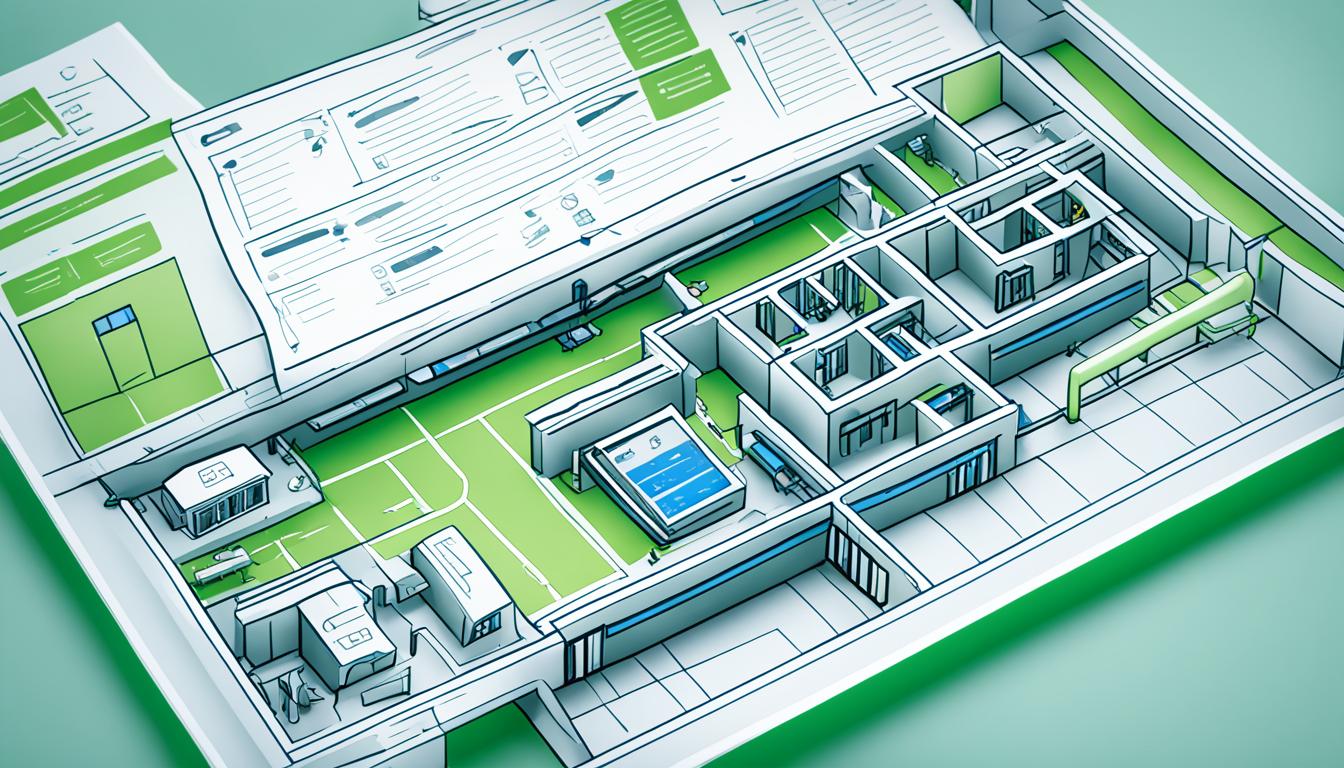

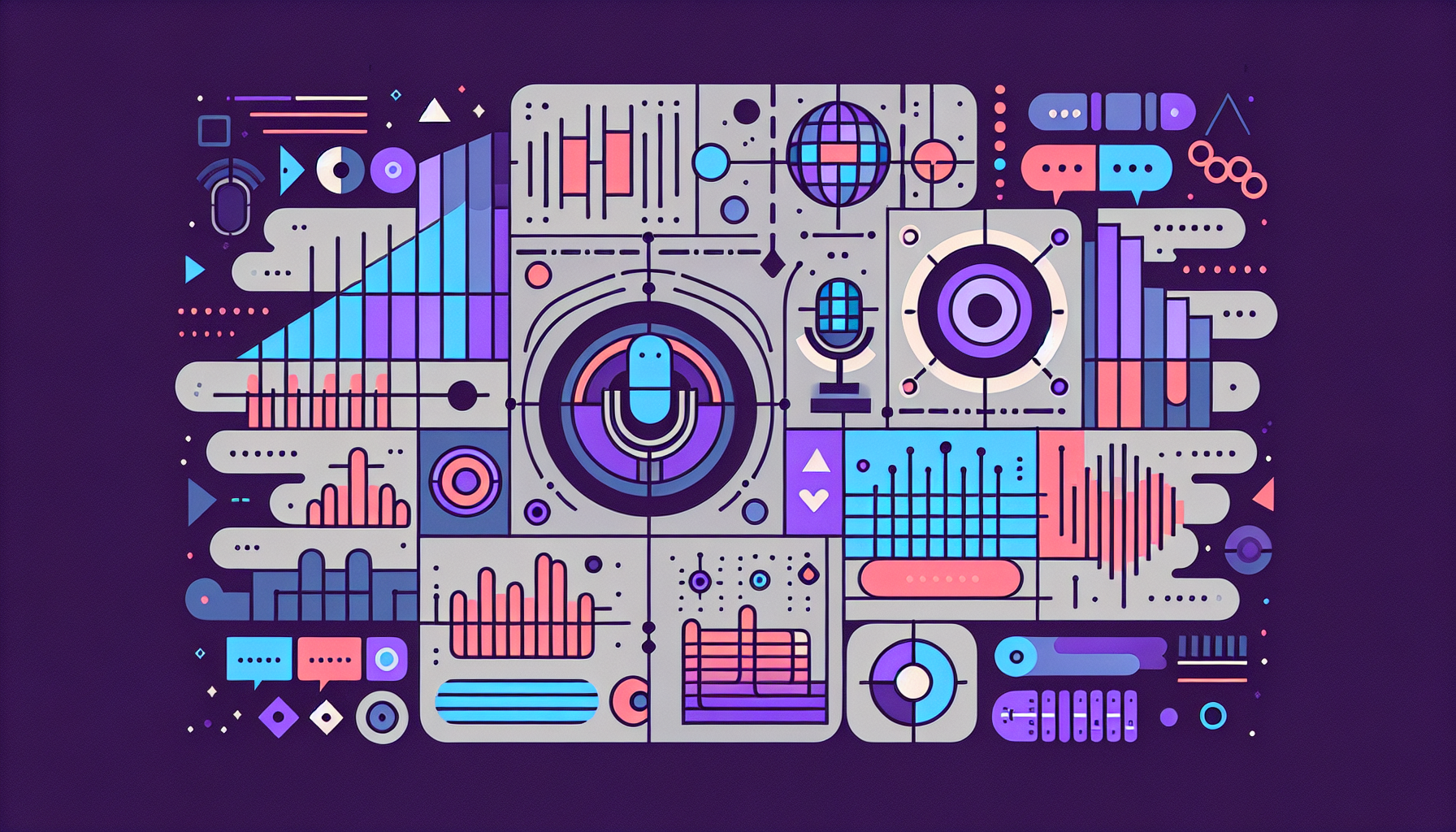
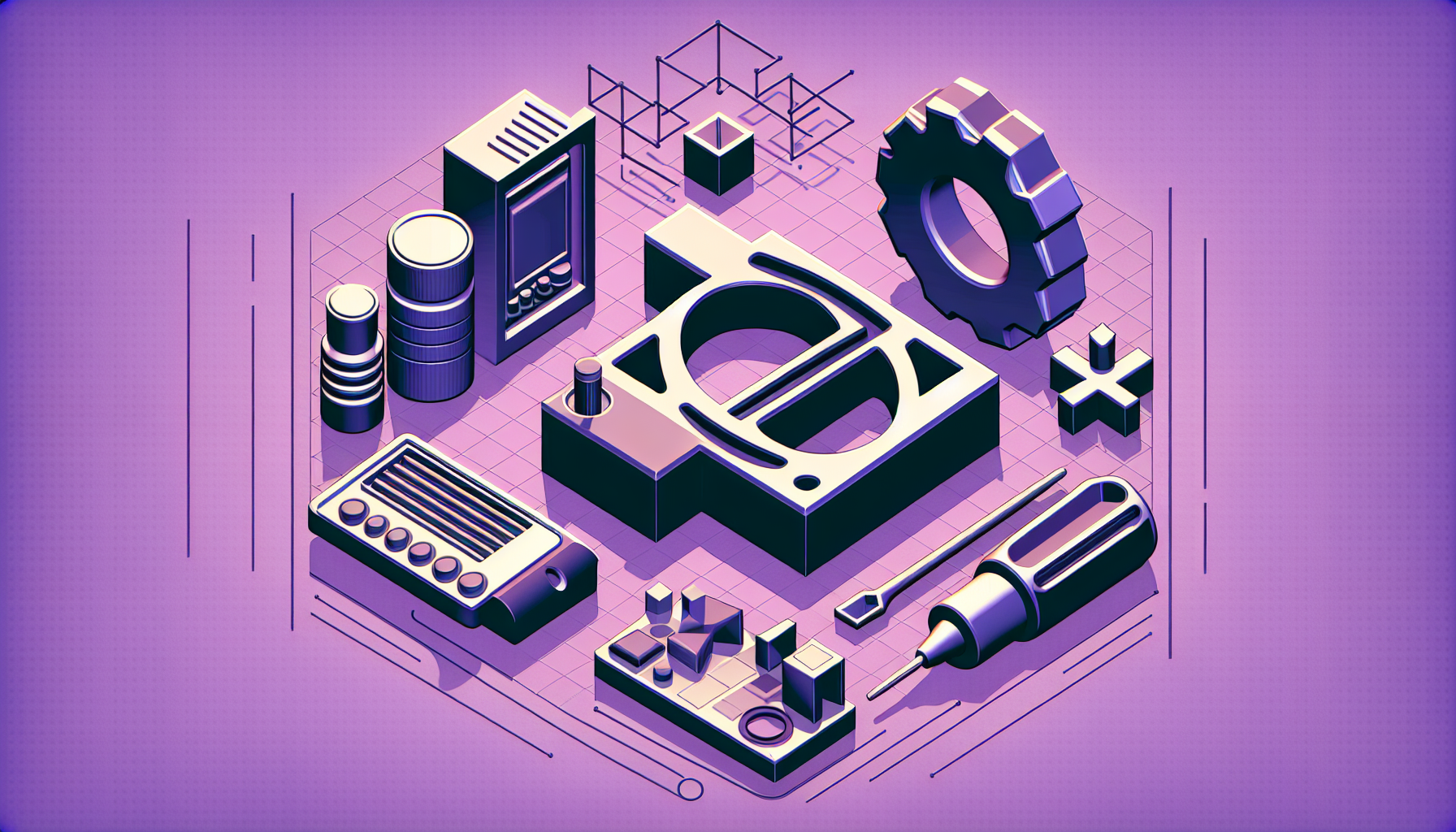
0 Comments